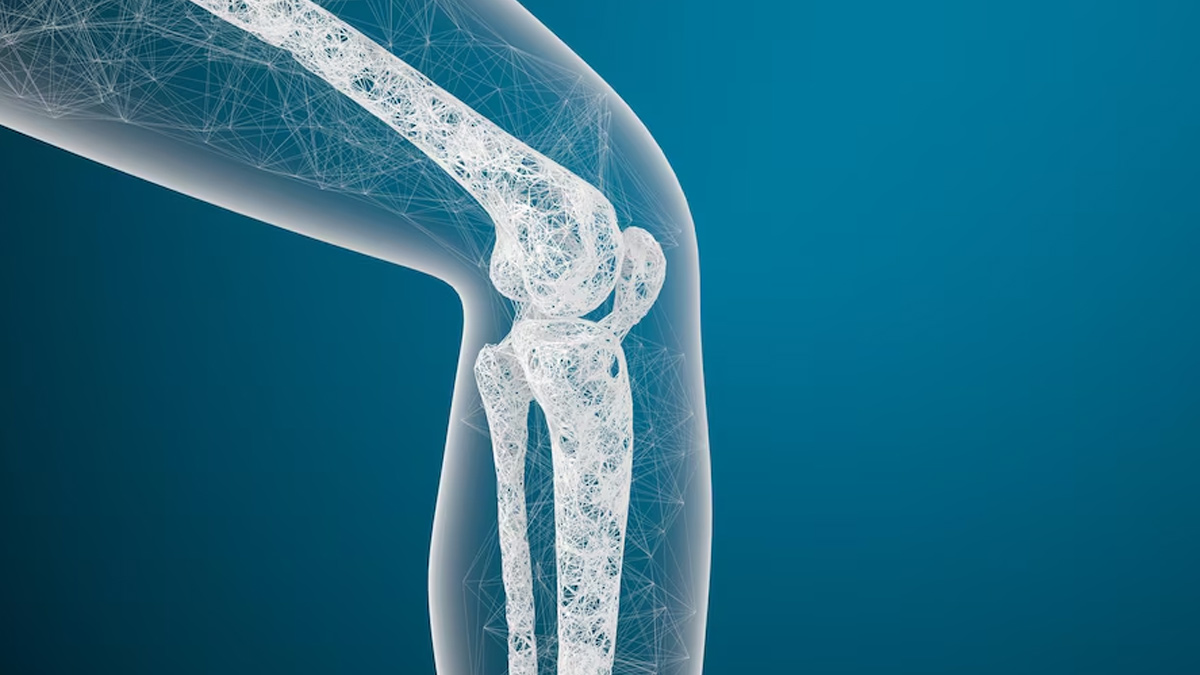
Osteoporosis is one of the most common bone diseases, with a global prevalence of 19.7%, according to a 2022 study published in Osteoporosis International. Age and gender are some of the biggest risk factors for the condition, with the International Osteoporosis Foundation (IOF) suggesting that osteoporosis affects one in three women and one in five men over the age of 50 worldwide.
Table of Content:-
But besides a person’s age and gender, a family history of osteoporosis can also increase their likelihood of developing the disease. To understand the link and find ways to mitigate the risk, we spoke to Dr Chethana Dharmapallaiah, Consultant Rheumatologist, Aster CMI Hospital, Bengaluru.
Also Read: Nutrient Deficiencies That Increase Osteoporosis Risk; How To Get Optimum Levels
What Is Osteoporosis?

Osteoporosis is a medical condition characterised by the thinning and weakening of bones, leading to a higher risk of fractures, explains Dr Dharmapallaiah.
He says that the condition occurs when the body loses too much bone, makes too little bone, or both. As a result, bones become porous, brittle, and more susceptible to fractures, even from minor stresses or falls, he adds.
He further highlights that osteoporosis is considered to be a silent disease unless the patient develops a fracture. Some of the commonly affected bones include:
- Hips
- Spine
- Wrist
According to the doctor, these fracture-prone areas may break with minimal trauma or even during everyday activities. Therefore, one must watch out for:
- Persistent back pain from compression fractures in the spine
- Loss of height and a stooped posture
- Decreased mobility due to fractures and bone weakness
- Difficulty performing daily activities
‘Osteoporosis Can Run In Families’

Individuals with a family history of osteoporosis are at a higher risk of developing the condition themselves, says Dr Dharmapallaiah.
This was also established in a study published in the American Journal of Preventive Medicine. Researchers found that out of the 7.94% of the participants who were diagnosed with osteoporosis, 19.8% of them reported a positive family history of the condition. This association was stronger when two or more relatives were affected, the study noted.
“This increased risk may be due to genetic factors influencing bone density, bone structure, or other aspects of bone health,” the doctor explains.
However, the doctor adds that lifestyle factors, such as diet, physical activity, and smoking habits, also play significant roles in the development of osteoporosis, and they can interact with genetic factors.
Therefore, while family history is a risk factor, it does not guarantee that someone will develop osteoporosis, and lifestyle modifications can help mitigate risk even in individuals with a familial predisposition.
Also Read: Bone Health: Here’s How You Can Identify That Your Bones Are Weak
How To Reduce The Risk Of Osteoporosis With A Family History?

To mitigate the risk of osteoporosis, individuals with a family history can take proactive steps, says Dr Dharmapallaiah. These include:
- Undergoing regular bone density testing
- Ensuring a healthy diet rich in calcium and vitamin D
- Engaging in weight-bearing exercises
- Avoiding smoking and excessive alcohol consumption
- Maintaining a healthy body weight
- Reviewing medications with healthcare providers
- Practising fall prevention measures
- Considering medications if necessary
- Adapting lifestyle modifications
- Regularly consulting healthcare providers
A Final Word
Apart from advancing age, female gender, and a family history of osteoporosis, hormonal changes postmenopause, low bone density, and certain medical conditions like rheumatoid arthritis, thyroid, and parathyroid diseases can also contribute to the risk of developing the disease. Dr Dharmapallaiah further notes that medications like steroids, anti-epileptics, and lifestyle factors like lack of physical activity, increased body weight, smoking, excessive alcohol consumption, ethnicity, and previous fractures can add to the woes. Therefore, it is crucial to understand these risks in order to implement preventive measures and treatment strategies to maintain bone health and reduce the risk of osteoporosis-related complications, the doctor concludes.
Also watch this video
How we keep this article up to date:
We work with experts and keep a close eye on the latest in health and wellness. Whenever there is a new research or helpful information, we update our articles with accurate and useful advice.
Current Version